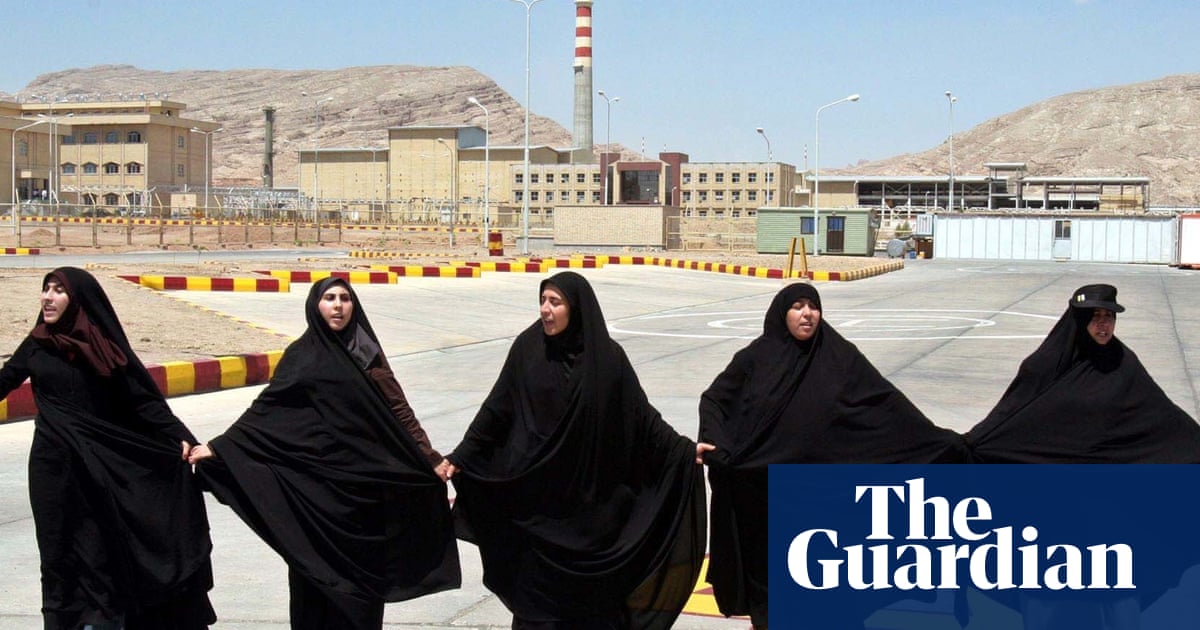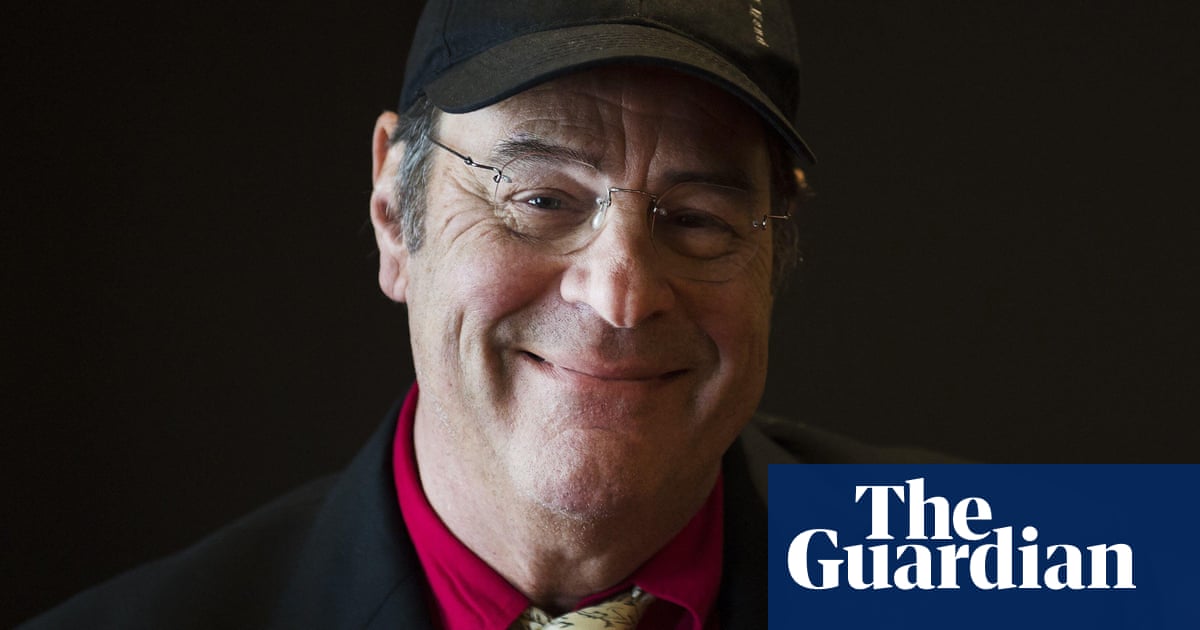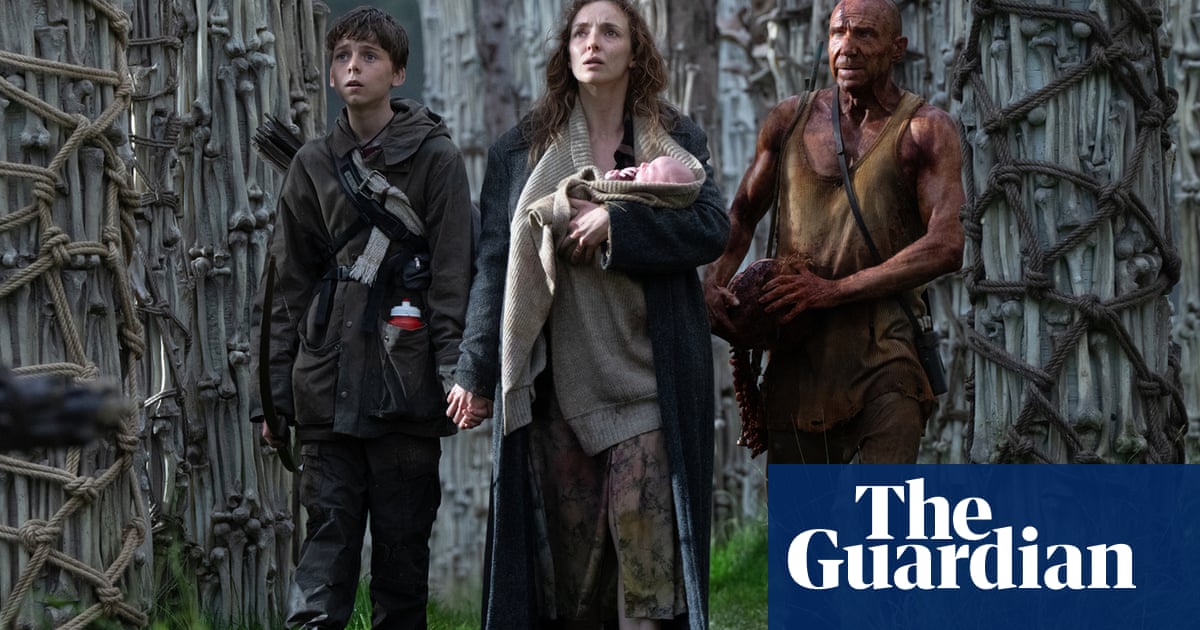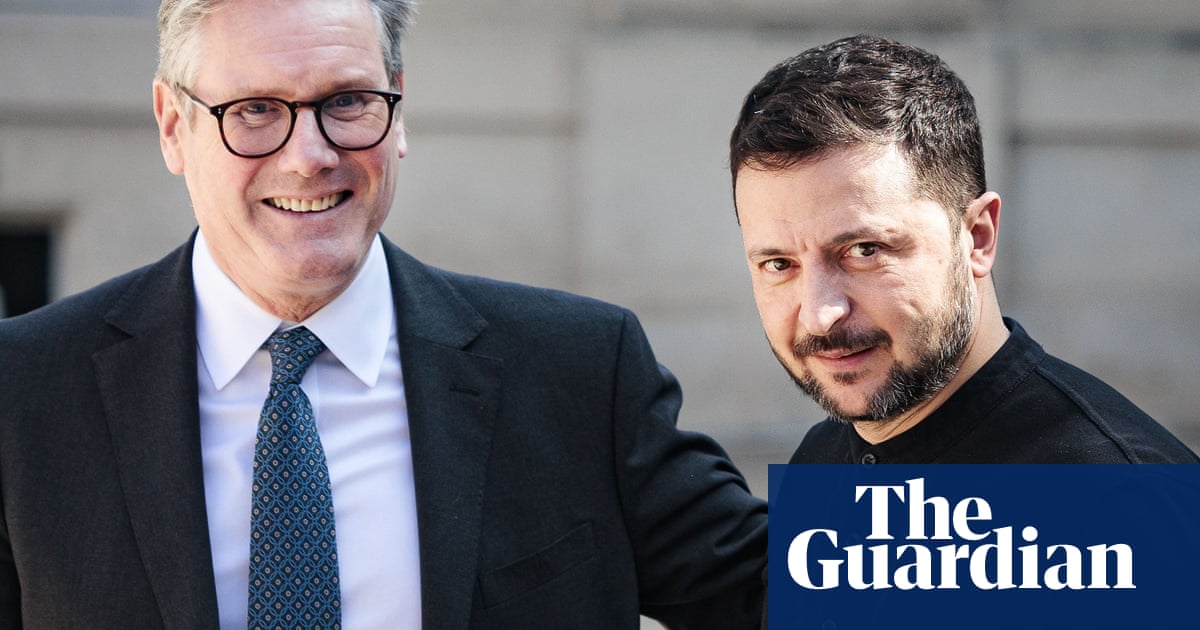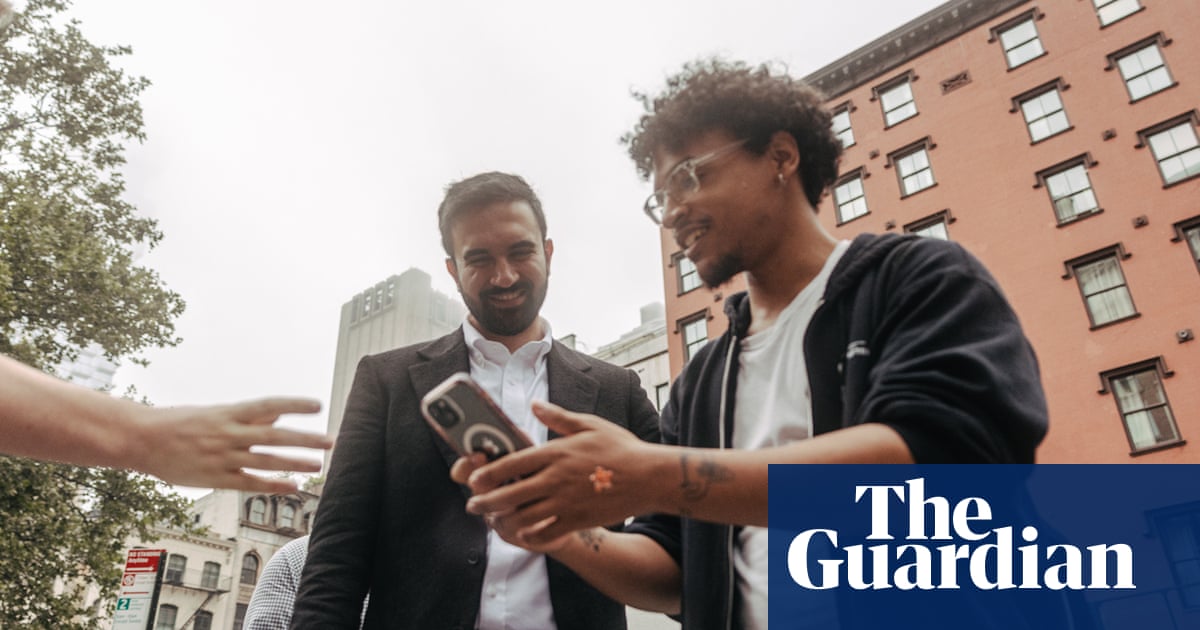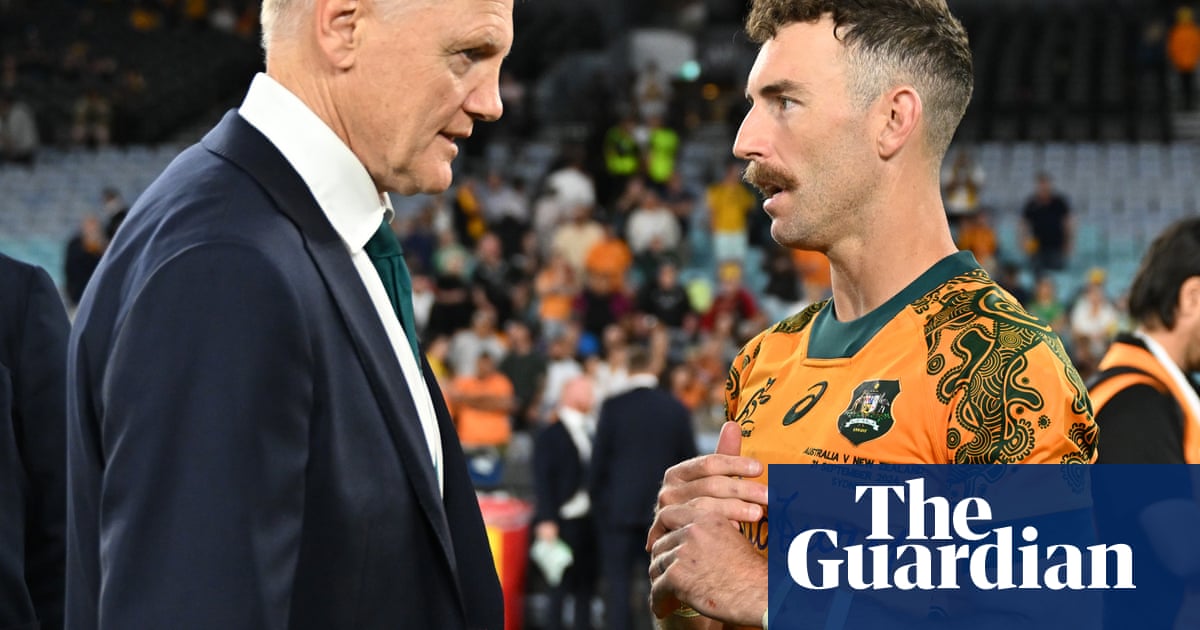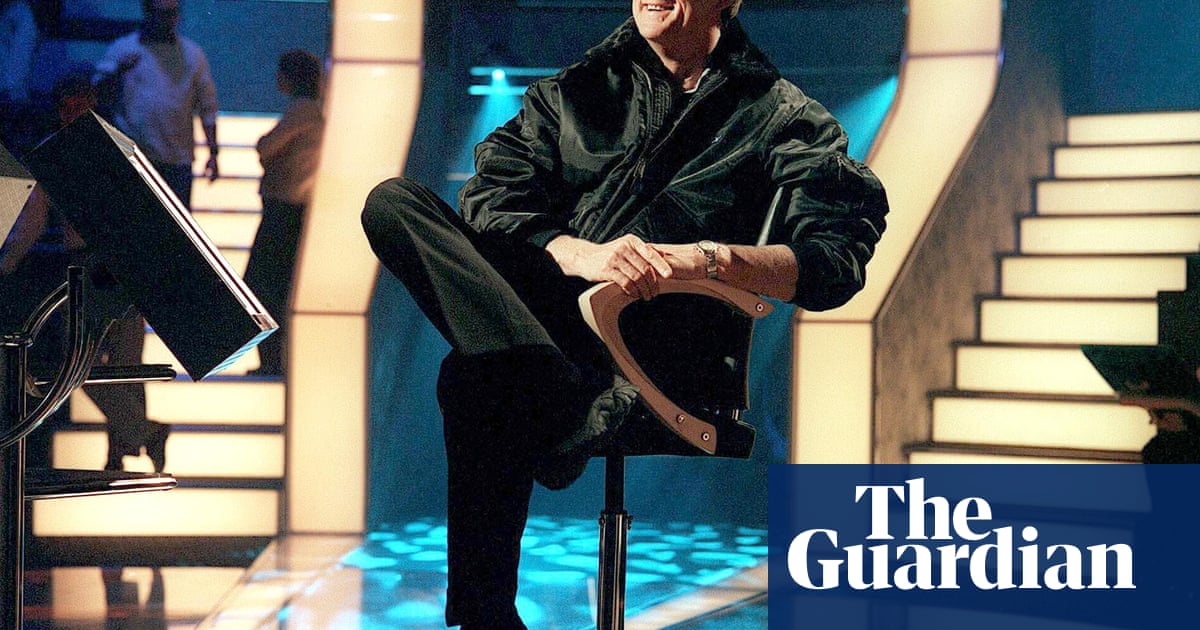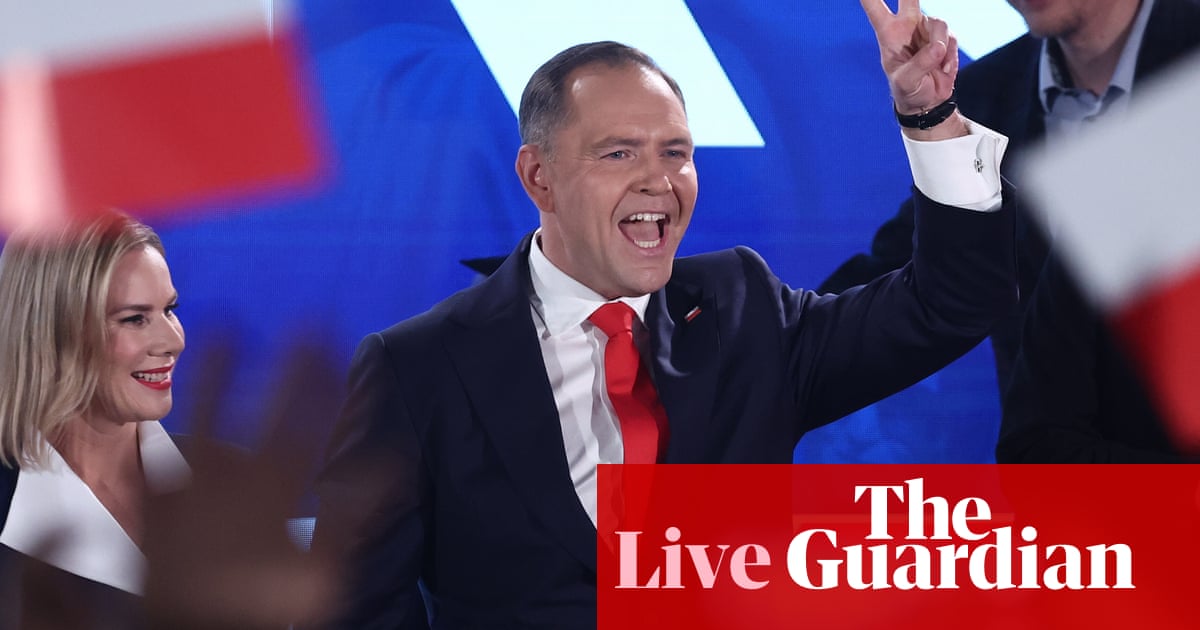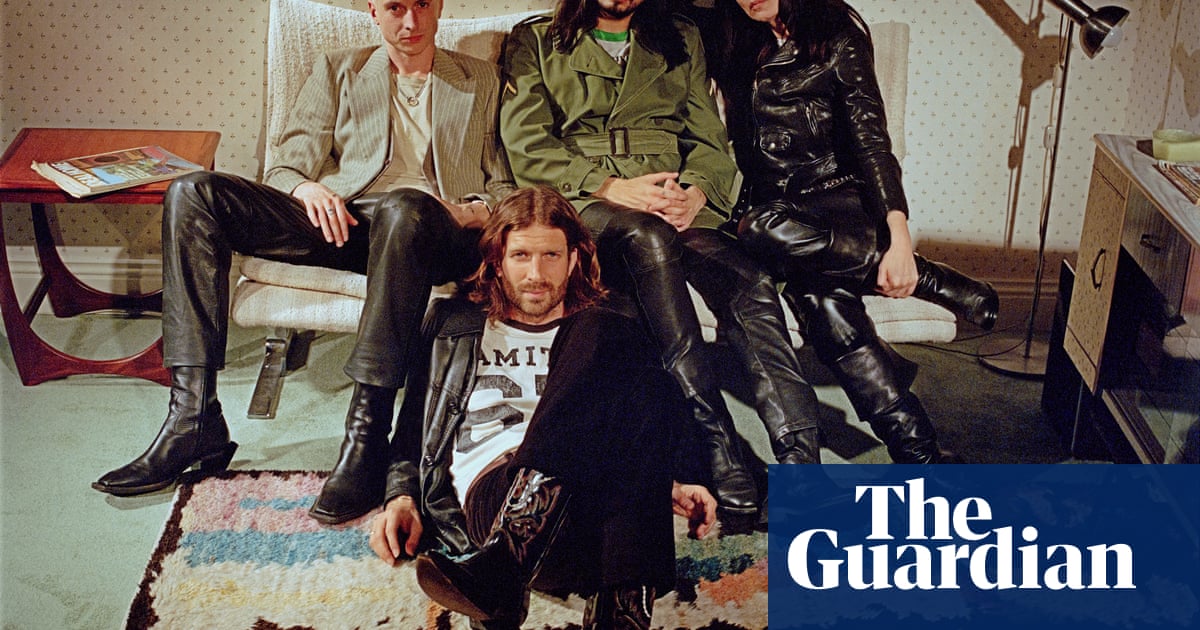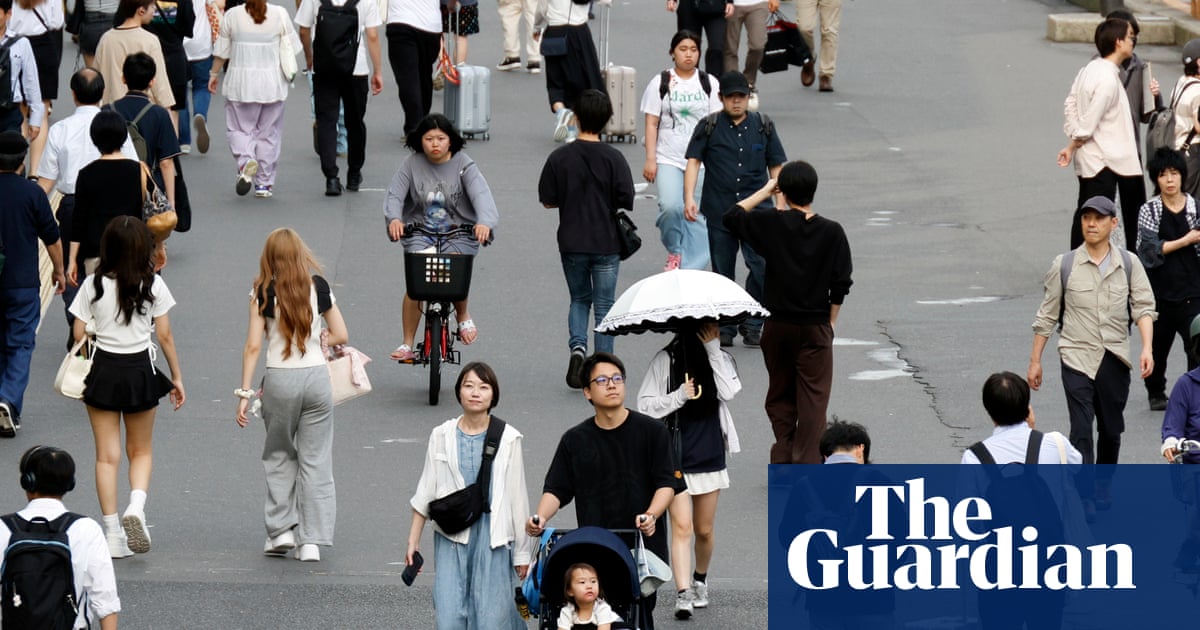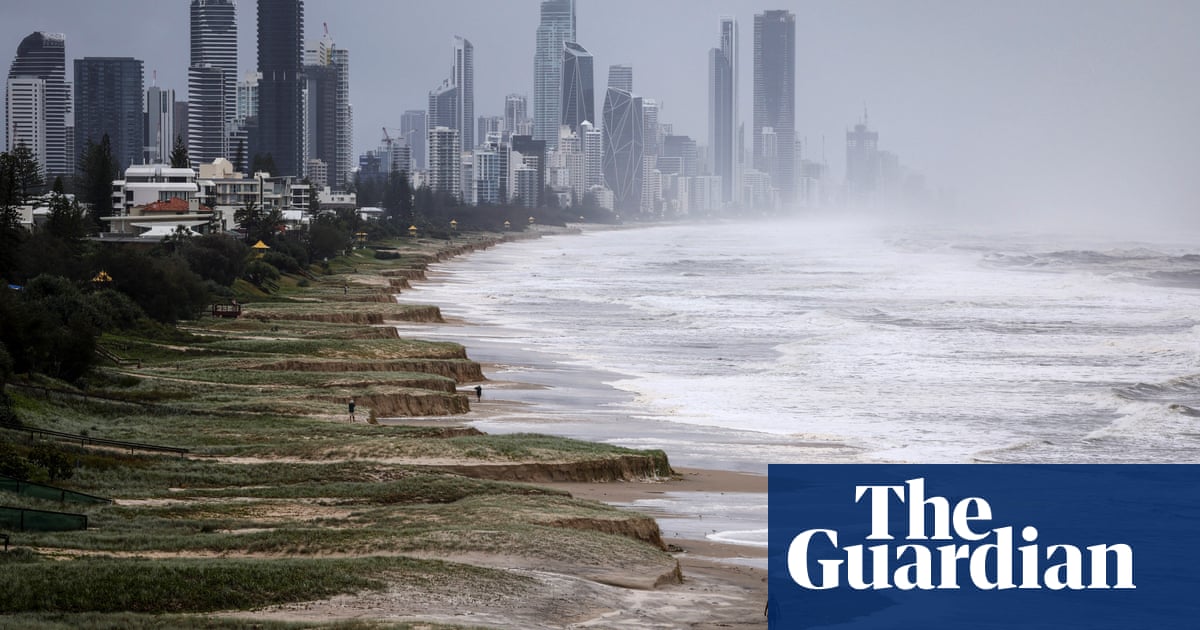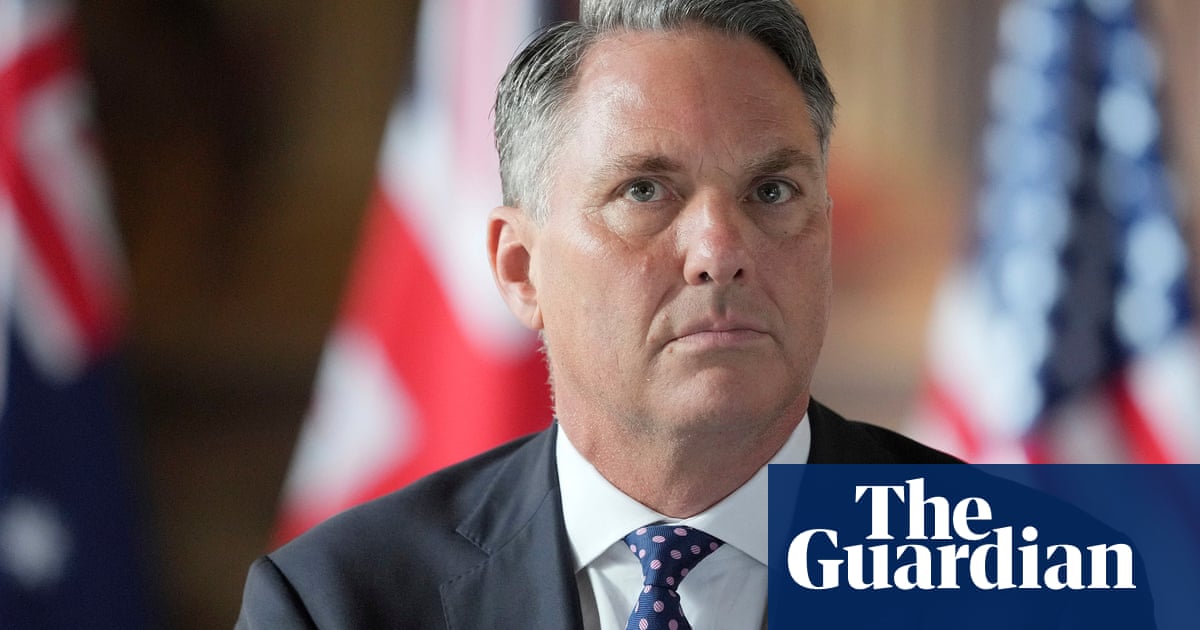The date is not in many history books. But it should be. It is 60 years on Tuesday since Britain’s first minister for the arts, Jennie Lee, published the first UK government white paper on the arts. The white paper, which crammed more into 18 pages than many government documents do at 10 times that length, was a landmark, an attempt to set out “a more coherent, generous and imaginative approach” to the arts policy this country lacked.
The current culture secretary, Lisa Nandy, has yet to publish such a white paper herself. She ought to do so. Nevertheless, last week she did the next best thing, travelling to Stratford-upon-Avon, the most iconic location on these islands in which to reflect on arts policy, to deliver an anniversary lecture in Buzz Goodbody’s experimental Other Place theatre.
Today, as in February 1965, government money is tight. But Ms Nandy’s lecture was similarly strong‑minded. “Today’s artists need more financial help,” Ms Lee stated, promising that “notwithstanding the difficulties of the present situation, the government propose to increase substantially their grant to the Arts Council”. There was an echo of that in Ms Nandy’s announcement of a £270m funding package to prevent further decay in Britain’s “crumbling cultural infrastructure”.
There were deeper parallels too. Both Ms Lee and Ms Nandy see the school system as the unmatchable arena to nurture passion for the arts and to widen social access. “The place that the arts occupy in the life of the nation is largely a reflection of the time and effort devoted to them in schools and colleges,” wrote Ms Lee in 1965. “Culture and creativity has been erased from our classrooms,” complained Ms Nandy, adding: “This is madness.”
Like Ms Lee, Ms Nandy advocates a wide national approach to an arts ecology that is too routinely London-centred. In some parts of Britain, said the 1965 white paper, “professional companies are nonexistent”, adding: “All this must change.” That same anxiety shone through Ms Nandy’s call for “reviving culture in places where it is disappearing”. The key is to level up, not level down.
Though daunting, these are nevertheless two of the relatively straightforward challenges facing UK arts policy. In the digital and multicultural age, however, it will not be enough to invoke the iconic figure of Ms Lee and insist that if only today’s Labour government can reconnect with her example, admirable as it was, then all will be well.
The arts ecology that she inherited was shaped by the wartime popularisation work of John Maynard Keynes, which led to the Arts Council in 1944. Keynes wanted the arts to become “a living element in everyone’s upbringing”. In the postwar years, the Arts Council retreated from this approach, leaving Ms Lee’s white paper to try to reverse the drift.
Today, we must do the same again. Yet we live in changed times. Britain is more divided and disrespectful. Digital media have revolutionised the arts. Confidence in an inherited national culture, strong in Keynes’s day, has declined. Yet in 2025 the arts are a far larger part of the economy and of British life than in 1965. Too many past arguments destructively pitted excellence against access, when both must be cherished equally. Ms Lee always stood for excellence and access alike. Ms Nandy’s lecture suggests she knows that, in the upcoming spending review, she will be fighting the same battle. She needs to win it.

.png) 3 months ago
100
3 months ago
100
